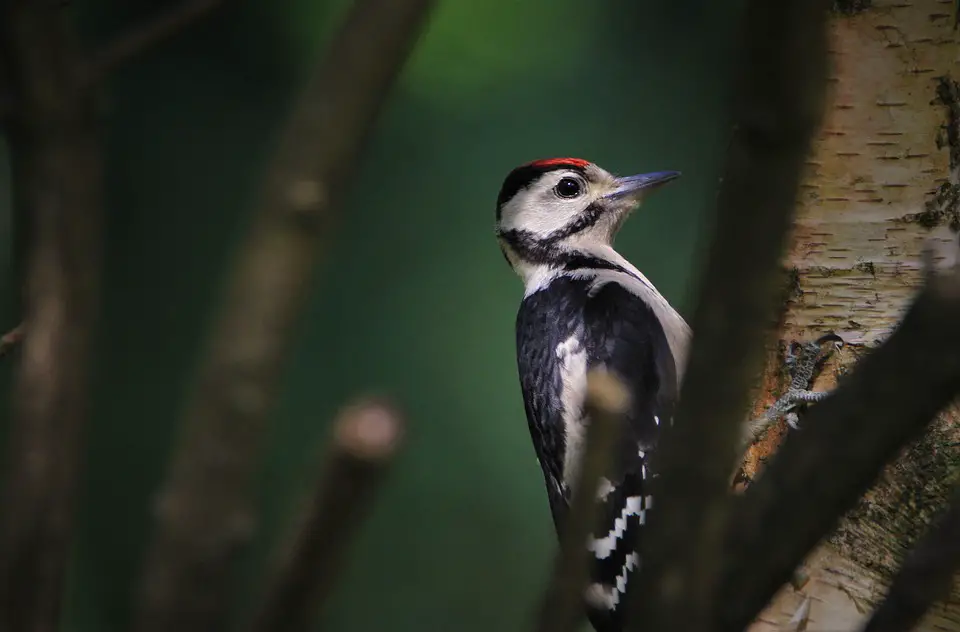Unveiling the Secrets of Backyard Ecosystems: A Glimpse into Hidden Wildlife
Introduction
Backyard ecosystems are often underestimated. We tend to overlook the rich and diverse wildlife that call our backyards home. In reality, these small patches of land can be flourishing ecosystems teeming with fascinating and complex interactions.
By taking a closer look, we can uncover the hidden secrets and appreciate the wonders of the wildlife that reside in our own backyards.
The Importance of Backyard Ecosystems
Backyard ecosystems play a vital role in maintaining a healthy and balanced environment. They serve as interconnected habitats, providing food, shelter, and breeding grounds for a wide array of wildlife.
Birds, insects, reptiles, and small mammals are just a few examples of the creatures that rely on this microcosm of nature.
Creating a Backyard Wildlife Habitat
If you want to attract more wildlife to your backyard, there are a few steps you can take. Start by including native plants in your landscaping, as they are typically well-suited to the local environment and provide food and shelter for local wildlife. Incorporate a variety of plant heights to accommodate different species.
Additionally, consider providing a water source like a birdbath or small pond, which can attract birds, insects, and amphibians.
Exploring Backyard Biodiversity
When you begin to explore your backyard ecosystem, you’ll be amazed at the diversity of creatures you encounter. Birds are often the most visible and vocal backyard visitors, offering serenades and vibrant displays of color. Butterflies and bees play a crucial role in pollination and can be found busily collecting nectar from flowers. Snakes, frogs, and even small mammals like squirrels and chipmunks may also be regular inhabitants of your backyard.
The Web of Life
Every creature in a backyard ecosystem is interconnected and plays a specific role within the web of life. Birds, for example, help control insect populations by eating pests, while insects aid in the decomposition of organic matter. Small mammals can act as seed dispersers, contributing to the growth of plants throughout the ecosystem. Understanding these relationships adds depth and appreciation to the intricate balance of life in your own backyard.
Conservation in Your Own Backyard
By observing and appreciating the wildlife in your backyard, you are taking the first step toward conservation. Simple actions, such as avoiding the use of pesticides or planting native species, can have a positive impact. Creating a welcoming environment for wildlife and providing habitats for various species will contribute to the overall health and resilience of both local and regional ecosystems.
FAQs
Q: How can I attract birds to my backyard?
A: To attract birds, provide a variety of feeders with different types of feed, such as seeds, suet, or nectar. Also, include bird-friendly plants that offer food, nesting materials, and shelter.
Q: How can I make my backyard more attractive to butterflies?
A: Planting a diversity of nectar-rich flowers and host plants for caterpillars will attract butterflies. Providing shallow dishes with a mixture of water, fruit, and minerals, known as “puddling stations,” can also be enticing to butterflies.
Q: Are there any benefits to having snakes in my backyard?
A: Snakes play a vital role in controlling rodent populations and contribute to the overall balance of the ecosystem. They are generally harmless and can be fascinating to observe as they go about their natural behaviors.




